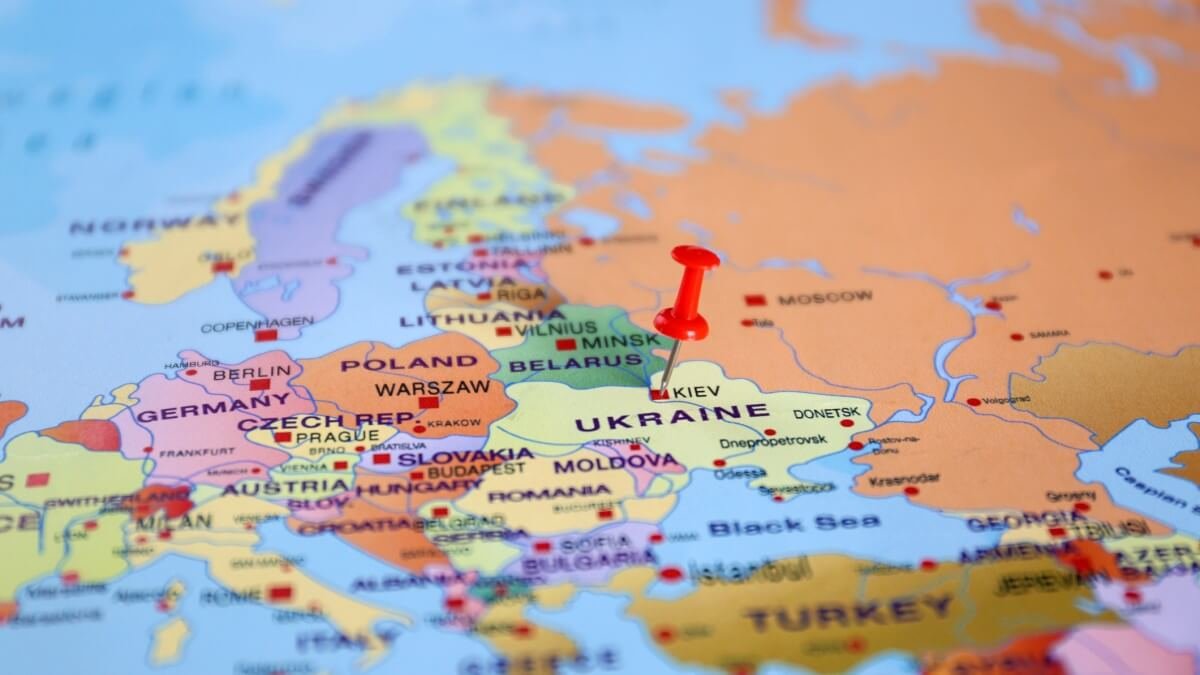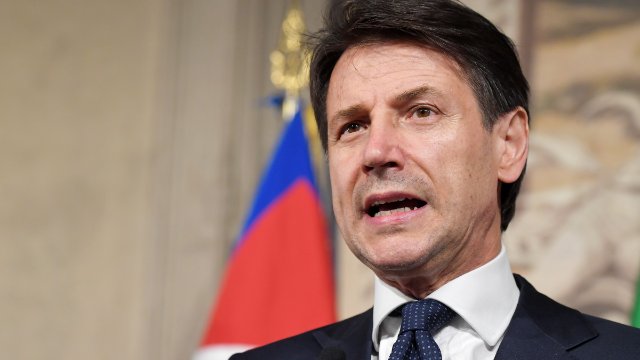

Ukrainians and Russians Represented 3.5% of Foreign Population in Germany in 2020, Data Shows
According to Destatis’ data, the total number of Ukrainians living in Germany by December 30, 2020, was 135,000, while Russians were ranked as the ninth largest group in the country, with 235,000 of those or 2.2 per cent of the total foreign population, AtoZSerwisPlus.com reports.
Nonetheless, Turk nationals are the largest foreign community in Germany, accounting for 1.3 million people or 12.4 per cent of the total population, followed by Syrians (787,000), and Poles (774,000), with each of these two nationalities representing 7.4 and 7.3 per cent of the foreign population in Germany, throughout 2020-2021.
However, the preliminary data for 2021 shows that 15,877 arrivals from Russia were registered in the country, while those from Ukraine were slightly lower – 11,665. During the same time frame, departures to Russia reached 8,485, and those to Ukraine peaked at 5,845.
A similar trend of migration has followed Russians and Ukrainians since 2005, with a noticeable increase in Russian arrivals in 2013 (33,233), while this surge among Ukrainian arrivals was noticed between 2013 and 2015, with a year-on-year increase of 69.6 per cent and 18.8 per cent.
More specifically, in 2013-2014, the number of arrivals from Ukraine surged from 7,972 to 13,527, to further increase in 2015, peaking at 16,073 arrivals.
However, despite the fluctuations in the number of arrivals from Ukraine, the trend of immigration is relatively stable, never going above 25,000 or below 6,000. On the other hand, immigrants from Russia have experienced quite the differences throughout the years, after peaking at 107,377 in 1995, then drastically dropping to 58,633 in 1998. In 2001, those numbers further increased to 78,979 to never go above the 34,000 mark again.
As of May 14, 727,205 people have registered in Germany’s Central Register of Foreigners (AZR), with 93 per cent of those holding Ukrainian citizenship, as the Interior Ministry data shows. Around 40 per cent of these arrivals were minors, while women represent 81 per cent of the adult arrivals registered.
Since the Russian invasion of Ukraine, the number of people fleeing the latter has passed the six-million-mark, with the majority of those being sheltered by European countries. According to a UN refugee agency, this is the worst migration crisis in Europe since the end of World War Two.
Out of 6.6 million Ukrainians fleeing the country, almost 3.6 million or half of them are in Poland, 972,203 in Romania, and another 945,007 in Russia. Other countries hosting Ukrainian refugees include Hungary (654,664), Moldova (473,690), Slovakia (446,755) and Belarus (27,308).


















